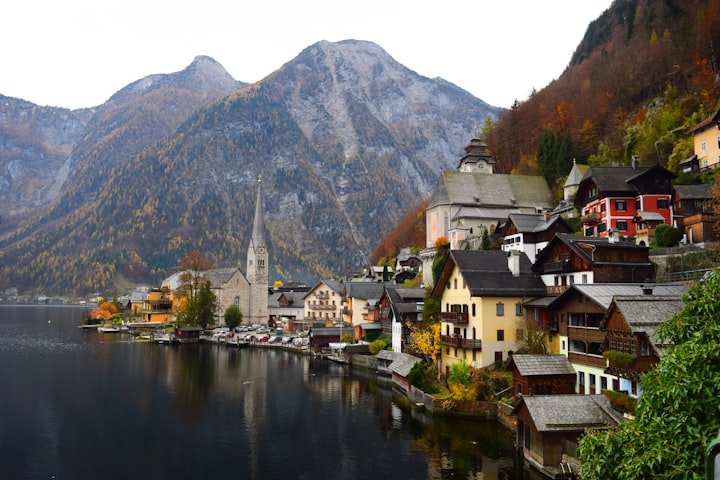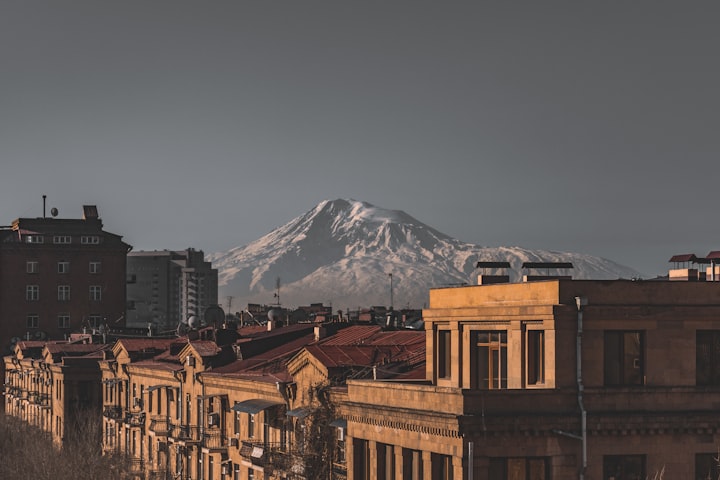
Rome, the city where hope springs eternal. It is a city that is proud of its ancient glorious heritage, the center of a civilization that once expanded its empire throughout Europe, Africa, and Asia. Rome is a city drenched in history and Christianity. First-time visitors may be easily overwhelmed by all this magnificent city has to offer. After all, one can find history and art on almost every street corner. That’s why visitors may want to do their homework to narrow down what they want to see and do before they get on a plane bound for the Italian capital.
Number 10. Galleria Borghese.
The Galleria Borghese is an art gallery that was built as a party house by Cardinal Borghese in the 17th century. A nephew of Pope Paul V, the cardinal also was a patron of the arts. The galleria today houses many pieces of paintings, sculptures, and other antiquities from his collection. Paintings by Titian, sculptures by Bernini, and the National Museum of Musical Instruments can be seen here.
Number 9. Piazza Navona
. One of the most famous of Rome’s many squares, Piazza Navona was established towards the end of the 15th century and preserves the shape of a Roman stadium that once stood here. The buildings surrounding the square stand where the spectators once sat. Today, the square features no less than three magnificent fountains and is an immensely popular place to sip a cappuccino, shop, and watch street performers.
Number 8. Castel Sant’Angelo.
Castel Sant’Angelo was built to be a mausoleum for Emperor Hadrian and his family. Built in 123 BC, it later was turned into a fortress and castle by the popes. It was once Rome’s tallest building. The ashes of other emperors were buried there but scattered when the Visigoths invaded in 410. It also served as a prison, but today the castle is a museum. Among the most well-known sights in Rome, film buffs will recognize it as a setting from “Angels and Demons”.
Number 7. Roman Forum.
Located in the small valley between the Palatine and Capitoline Hills, the Forum Romanum was for centuries the teeming heart of ancient Rome: the site of triumphal processions and elections, venue for public speeches, and commercial affairs. The Forum today is a sprawling ruin of architectural fragments and includes the Arch of Titus and the Temple of Saturn.
Number 6. Spanish Steps
. A truly monumental stairway of 135 steps, the Spanish Steps were built with French funds in the 18th-century order to link the BourbonSpanish embassy to the Holy See below. The steps are usually very crowded, attracting tourists as well as locals who use it as a gathering place. Each year in May the steps are decorated with beautiful pink azaleas. At the foot of the Spanish Steps is the Piazza di Spagna and a sober fountain designed by Bernini.
Number 5. Trevi
Fountain. Completed in 1762, this world-famous Baroque fountain features a mythological sculptural composition of Neptune, god of the sea, flanked by two Tritons. It is so named on account of its position at the junction of three roads; the vie in Latin. The fountain was the setting for an iconic scene in Fellini’s film Dolce Vita starring Anita Ekberg and Marcello Mastroianni. A legend says that one who throws a coin in the fountain shall one day return to Rome.
Number 4. Vatican Museums.
The Vatican Museums began in the 16th century with a collection of sculptures by Pope Julius II. Today, they encompass several museums inside Vatican City and include some of the world’s most important relics. Attractions of the museums include the spiral staircase, the Raphael Rooms, and the exquisitely decorated Sistine Chapel. Michelangelo painted the chapel ceiling between1508 and 1512. Today the ceiling, and especially The LastJudgment, is widely believed to be Michelangelo’s crowning achievements in painting. To keep the massive crowds under control, the museums have 4 itineraries that range from one and a half hours to more than 5 hours. All itineraries end in the Sistine Chapel.
Number 3. Pantheon
. One of the best-preserved Roman buildings, The Pantheon was built in 126 AD as a temple for all the Roman gods. The temple has served as a Roman Catholic church since the 7th century. Eight graceful granite Corinthian columns extend across the front of this circular building, with lesser columns in the back. Though it is 2,000 years old, the Pantheon’sfamous dome remains the world’s largest unreinforced concrete dome. It is believed that Marcus Agrippa built the pantheon to be his private temple. The current building was reconstructed by Emperor Hadrian in the second century.
Number 2. St. Peter's Basilica.
The center of the Catholic world, the Basilica of St. Peter is a huge church. With an interior height of 400 feet the space shuttle, together with its booster rockets, could fit inside, as could the Statue of Liberty. The basilica stands on the traditional site where Peter the apostle was crucified and buried. Construction on the current building began in 1506 and was completed in 1615. Many famous artists worked on the complex and its surroundings: Michelangelo designed the dome while Bernini designed the greatest. Peter’s Square.
Number 1. Colosseum
The Colosseum is another of Rome’s major tourist attractions. Its construction was started by emperor Vespasian of the Flavian dynasty in 72 AD and was finished by his son Titus in 80 AD. The elliptical amphitheater could hold up to 50,000 people who turned out to watch gladiators do battle, people be publicly executed, and enjoy other forms of entertainment. This stone and concrete structure, built in the first century, was the largest amphitheater in the Roman Empire. It is considered one of the Romans’ greatest architectural and engineering feats.
About the Creator
Siddhartha Sapkota
I am a passionate content creator.






Comments
There are no comments for this story
Be the first to respond and start the conversation.